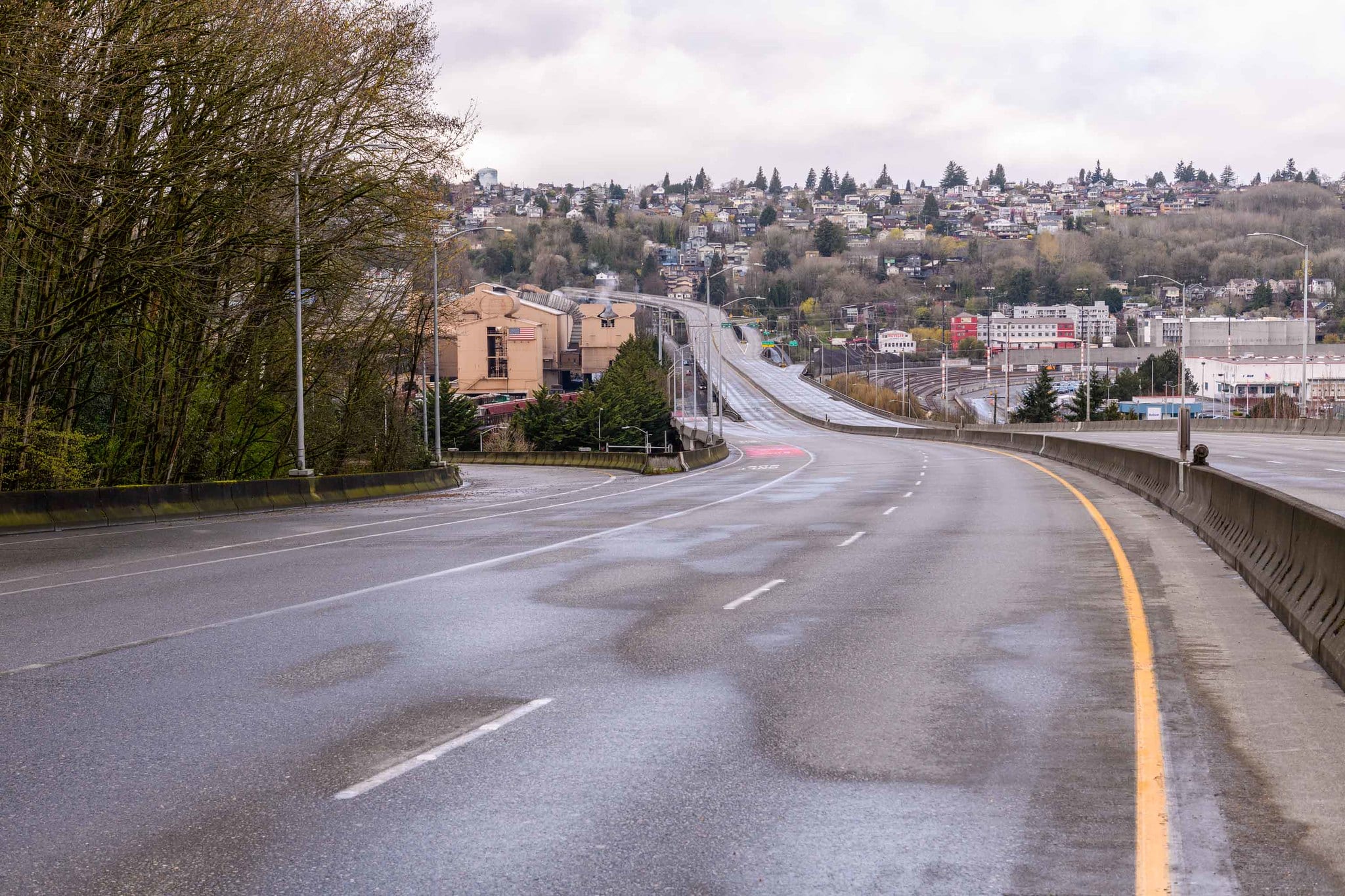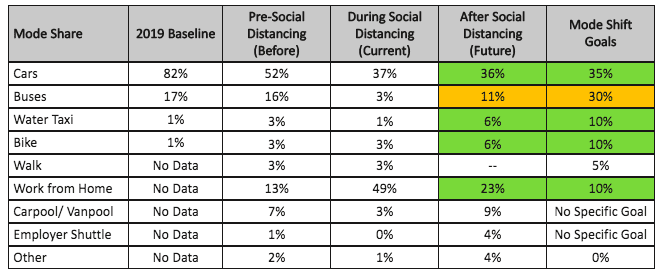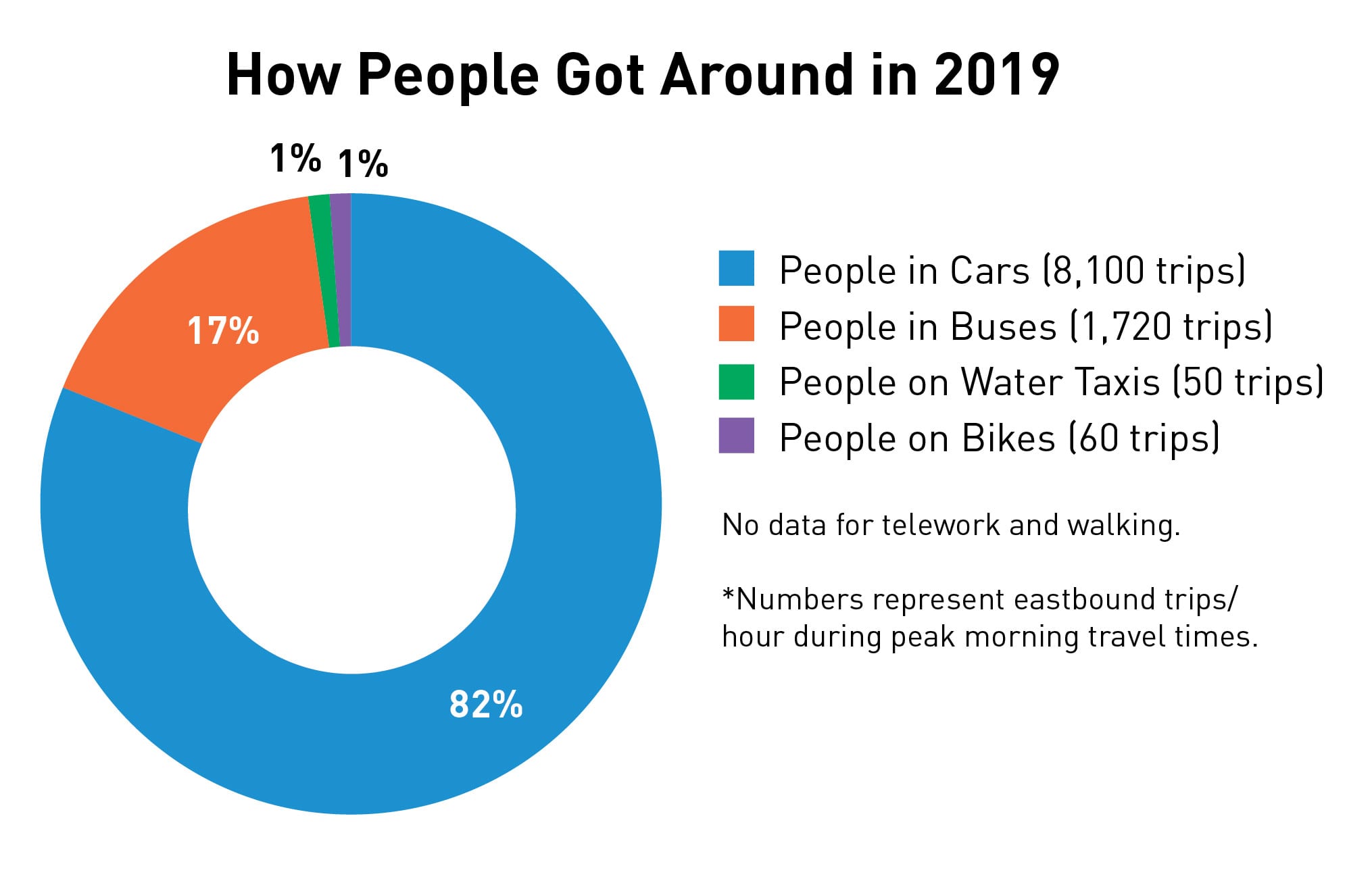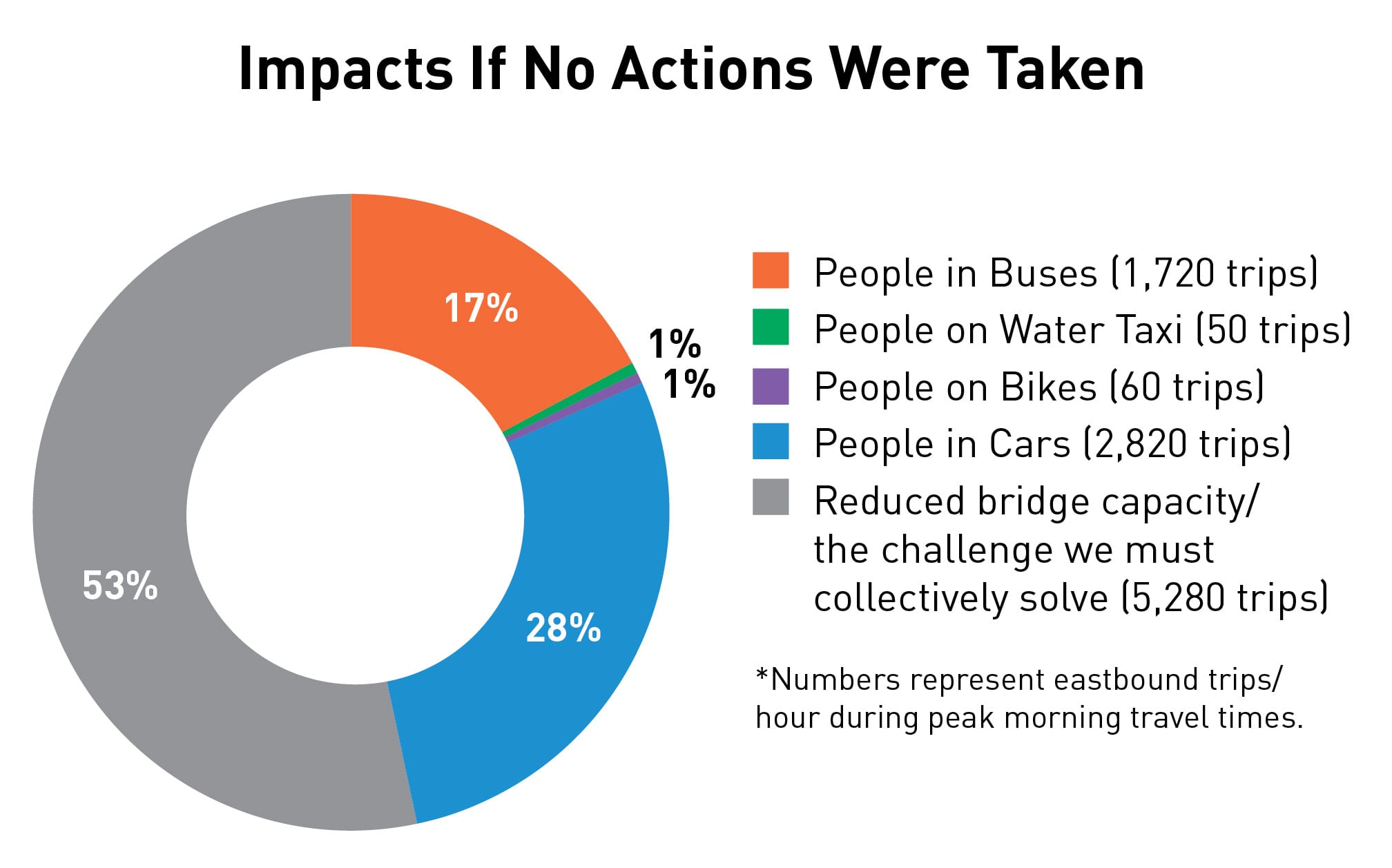
The West Seattle Bridge Community Task Force is one of the many ways that we ensure the communities’ voices are at the center of our West Seattle Bridge decisions. Community Task Force members represent neighborhoods, industries, government, and services across West Seattle and nearby communities.
In the latest Community Task Force meeting on August 19, Mayor Jenny Durkan joined the Task Force to answer questions, discuss challenges and opportunities, and express a commitment to meeting the needs of the many affected by the West Seattle Bridge closure as rapidly and safely as possible. Consistent with our commitment to transparency and clear communication, these meetings are streamed live and recorded.
We continue to work closely with Mayor Durkan to rise to the challenge and prioritize racial equity & environmental justice in our work to restore travel across the Duwamish.
We’re efficiently and effectively analyzing, planning, and working to stabilize the West Seattle Bridge while mitigating the impact the closure has had on residents across the region, especially those who have historically been underrepresented, under-served, and furthest from environmental justice.
When we come out of COVID, and we will come out, and we will get through this civil rights reckoning, and our economy — at some point — we will start to recover. We’ve got to come back not just to the status quo, we’ve got to come back stronger and more equitable.
Mayor Jenny Durkan
Below is a brief recap of Mayor Durkan’s conversation with the Community Task Force, updates on the bridge stabilization efforts, and what we’ve heard through Reconnect West Seattle.
Mayor Durkan is keenly aware of the unique challenges faced across stakeholder groups.
In the meeting, Mayor Durkan answered questions from the Community Task Force and expressed her deep gratitude and appreciation for all the hard work put in so far and in the weeks and months ahead. She commended co-chairs Paulina López and former Mayor Greg Nickels for making sure that residents of the Duwamish Valley, West Seattle, and the surrounding areas are involved in understanding and mitigating the impact of the West Seattle Bridge closure on the community and planning for long-term solutions.
We can’t get through it without having the people impacted at the table. We’re only better as a city if we have a venue as a city where we can ask the tough questions and we as elected officials have to listen to that.
Mayor Jenny Durkan
Mayor Durkan also discussed:
Her office’s collaboration and partnership with SDOT.
- The Mayor meets weekly with our SDOT team, relying on insights of our leadership, while also making sure she has all of the information she needs to drive progress in other forums.
Innovative solutions to stabilize the bridge to ensure safety in the short-term.
- We are making progress to strengthen and stabilize the bridge which preserves future options to either repair or replace it.
Funding efforts for repair or replacement.
- Mayor Durkan is actively exploring multiple funding avenues for bridge repair or replacement, and declaring a civil emergency has helped unlock some avenues for state and/or federal funding.
- That day, she also announced efforts to work with Council to establish an interfund loan to cover all 2020 and Q1 2021 needs so that all efforts can continue to move full speed ahead.
Supporting and protecting communities affected by the reroute while enabling small businesses to make critical supply runs.
- Mayor Durkan recognizes that small businesses in West Seattle have had to bear the compounded burden of the bridge closure and COVID-19, and is inspired by their resilience.
- Knowing that West Seattle small businesses need to make critical supply runs to SODO and other areas, we are exploring options to further improve our dynamic Low Bridge access policy to support more trips and find creative ways to maximize those additional slots through things like shared supply run days, where businesses can combine orders and vehicles for pickups.
Exploring alternative means of travel.
People are really going to have to help us with alternative modes of transportation to get through this challenging time.
Mayor Jenny Durkan
- We understand that not everyone has the option to travel without driving, but we also need to respond to the hard fact that people still need to get across the Duwamish and without the West Seattle High-Rise Bridge, there is no longer room for anywhere near as many cars.
- Ultimately, there is no level of changes to any other surface street which could come near to overcoming the closure of the High-Rise Bridge, but through the Reconnect West Seattle framework we can work to create more safe and convenient options for people to travel across the Duwamish without driving alone.
- We know that not everyone has this option, but if we can support and enable the people who are able to change their driving habits, then it will also help reduce the strain on other roads for people who must drive.
- This is supported by our findings. There are about 5000 rush hour trips a day which need to be filled by biking, ferries, and other modes of transportation.
- Mayor Durkan is exploring the use of additional boats that could dock at less-used ports in West Seattle and Seattle. Biking and e-biking are also promising alternatives, and modes like these also reduce the environmental impact of travel.
Immediate and long-term racial equity and environmental justice.
- We are prioritizing and investing in communities deeply impacted by the bridge closure, especially as these communities face critical disparities in health, economic, and other outcomes.
I want to make sure that as we move through this, that we really are looking at those communities that have been marginalized for so long and be deeply invested in them […] A child growing up in South Park can have such a different life expectancy than a kid growing up in Laurelhurst. It’s wrong. Seattle’s better than that and we’ve got to be better than that.
Mayor Jenny Durkan
Preserving the region’s maritime industry and supporting Terminal 5 locally, regionally, and nationally.
- Mayor Durkan knows that Terminal 5 is critical for thousands of jobs in the Puget South area, and is one of the most important freight corridors we have regionally and nationally.
- Together, we are working on managing traffic flow to make sure that maritime industry employees as well as other essential workers can access the Low Bridge. Read more about the current Low Bridge Access Policy in this blog.
Bridge Updates: Stabilization measures are underway, the City Council reviewed interfund loan legislation, and the design team was selected.
- Progress has continued on stabilization measures. Crews are currently work to wrap sensitive sections of the bridge with carbon fiber reinforced polymer to strengthen the bridge, much like putting a cast on a broken bone.
- The Seattle City Council Transportation and Utilities Committee voted to move legislation for a $70 million interfund loan to a full council vote. This would provide needed cashflow to cover West Seattle Bridge Program expenses in 2020 and the first quarter of 2021 as we work to secure other significant funding opportunities.
- We are making progress on a cost-benefit analysis to inform the decision to repair the bridge now, or to replace it so that it can be reopened for several years before it is eventually replaced.
- We reached a major milestone, selecting a contractor to design the West Seattle Bridge replacement, a necessary step whether the City decides to repair or replace the bridge as the next step.
Reconnect West Seattle: To plan next steps, the Community Task Force is engaging and responding to the community.
Reconnect West Seattle is a plan to allow similar levels of travel across the Duwamish to those seen before the closure of the West Seattle High-Rise Bridge, and reduce the impact of environmental injustice in the Duwamish Valley.
Neighborhood Prioritization Process:
Using a racial equity lens, we are prioritizing those areas impacted by the bridge closure and detour routes. All data and top projects for each neighborhood have been shared with those communities on the Reconnect West Seattle website.
Community Check-Ins:
We concluded our community check-ins this week. Each neighborhood had unique concerns, and offered creative solutions to address the impacts from the detour route. Examples include:
- speed calming devices
- local-only access to neighborhood streets
- planting trees to reduce air pollution
Mobility Action Plan (MAP) Survey Results:
See the image below for key themes from the MAP Survey. In future blog posts, we’ll review the results in-depth – stay tuned!

What’s Next for Reconnect West Seattle?
- August 28: Draft Implementation Plan sent to Task Force
- September 9: Implementation Plan Finalized
- Fall/Winter 2020: Implement Projects
To learn more:
- All Community Task Force meeting recordings, including breakout sessions, are available on our YouTube channel.
- A recap of our last task force meeting can be found here.
- Sign up for the West Seattle Bridge emails to stay up-to-date on all West Seattle Bridge happenings.

